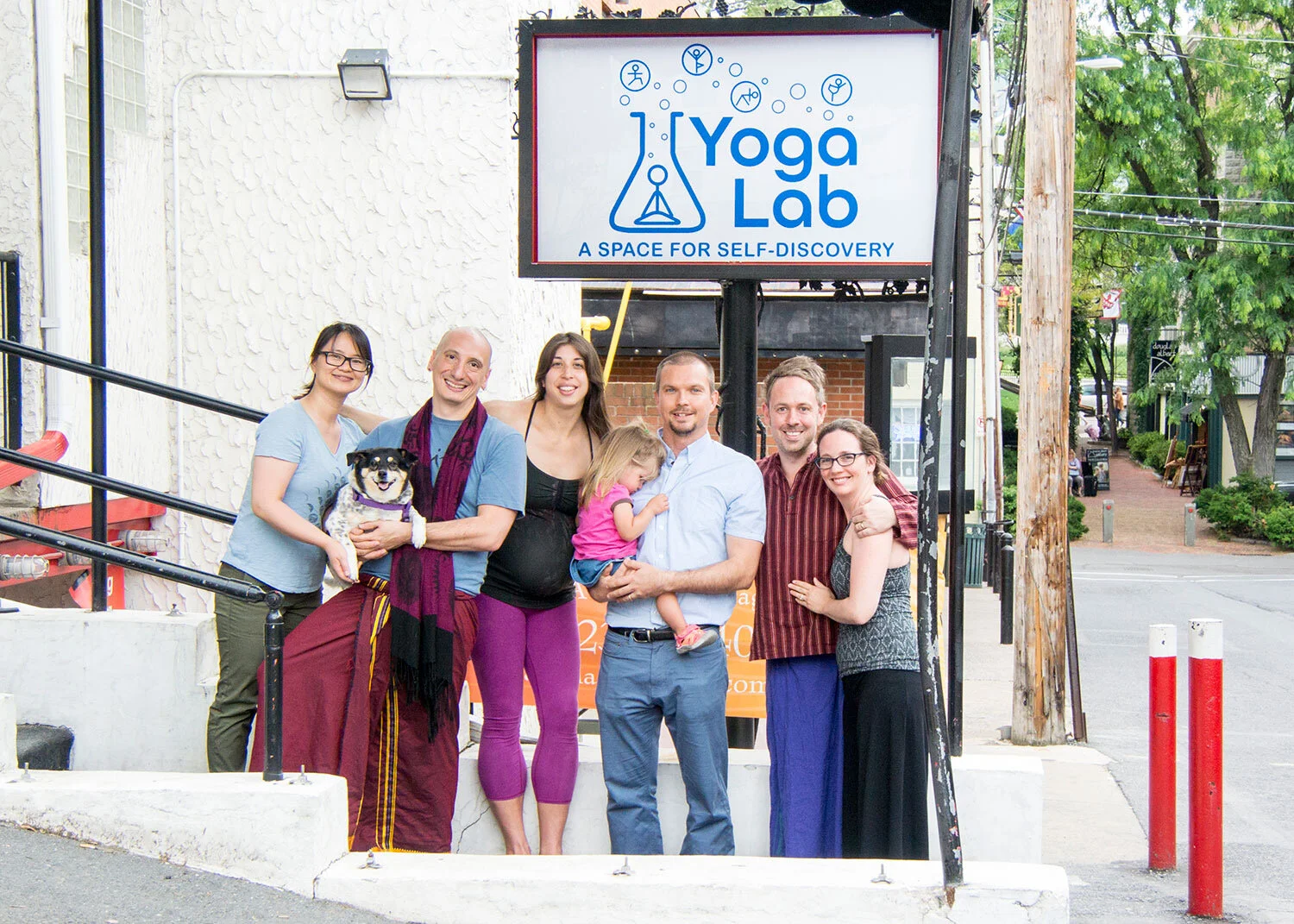JDE in Kathmandu, Nepal (photo by Anna Sunderland Engels)
A little about me…
I grew up on the dusty prairie in Wichita, Kansas, a child with asthma who fell in love with the library. Though I spent my childhood days and nights on the baseball diamond I felt most at home with my nose in a book. My calling came to me pretty early. I always wanted to be a teacher. What would I teach? Peace, of course. Peace has always been my goal.
“People of the Wind,” photo by my father-in-law Jim Sunderland, taken in Western Kansas
I encountered the perennial philosophy in high school. One summer I visited as many holy places of worship in my hometown as I could. I understood then that timeless ideas require timely voices, voices in time. We are here, not there, now, not then. Ideas are voiced, and every time humans speak we shape our reality.
Pursuing the perennial philosophy I read Robert Pirsig's Zen and the Art of Motorcycle Maintenance. In that book I encountered rhetoric for the first time (the protagonist in the book is a professor of rhetoric). Rhetoric is the ancient art of using words and other symbols to shape the world and our relationship to it. Quickly I realized that rhetoric is the key to peace. So I went to graduate school to study rhetoric, earning my M.A. in rhetoric from the University of Illinois at Urbana-Champaign in 2003, and my Ph.D. in 2006. I got my first job as an assistant professor of rhetoric at Penn State University in 2006, and have been here ever since (I was promoted to full professor in 2020, and granted the title of Liberal Arts Endowed Professor in 2024).
Street graffiti in Kurukshetra, India, picturing Krishna and Arjuna in dialogue in the Bhagavad Gita (photo by JDE)
I believe that Plato was right when he hypothesized that before each of us was born, the gods split us in half. I found my other half, my soul mate, during my first week of college at the University of Kansas, in an honors seminar on the death penalty and in a biology class whose professor died during the third week of the semester (romantic beginnings, indeed!). Anna Sunderland Engels is my brilliant beautiful, picture-snapping, fashion-designing, yoga-teaching, community-building, world-traveling companion. There's much I’d like to say about her but the words soon fail, as they so often do. No words can capture the sun or its light. I love you!
Jeremy & Anna at San Raphael Swell, Utah
I’ve always been drawn to meditation and yoga, and these practices have become central to how I explore, and teach, communication and peace. I have been to India and back, four times at last count, and to Nepal twice. I studied Sanskrit, yoga philosophy, pranayama and chanting at the world-renowned Krishnamacharya Yoga Mandiram in 2012 and 2013. Since undertaking a pilgrimage to walk in the footsteps of the Buddha in India and Nepal in 2018, I have been a devoted student of mindfulness meditation, especially as taught by the beloved Zen master, mindfulness teacher, and peace activist Thích Nhất Hạnh. I became certified to teach mindfulness after completing an intensive two-year training program under the direction of Tara Brach and Jack Kornfield. To deepen my practice and teaching, I had the chance to visit Thay’s birthplace in Vietnam, and his root temple, and also to sit for a summer retreat on Engaged Buddhism at his monastery Plum Village in France.
Jeremy and Anna at the Bodhi Tree (where the Buddha was enlightened) in Bodh Gaya, India
In 2015, Anna and I, along with three other local yoga teachers, founded Yoga Lab. Our aim is to teach yoga that is based in sound functional movement and biomechanics. Our philosophy is democratic and community oriented. It is a guru-free zone. We respect tradition but are not beholden to it. Our tagline—“A Space for Self-Discovery.” Learn more about us here.
The founders of Yoga Lab in 2016, the year that we opened.
My research focuses on better understanding democracy—and as of late, in investigating how mindfulness can serve as training for citizenship. I’ve written six books—including my forthcoming On Mindful Democracy: A Declaration of Interdependence to Mend a Fractured World (Parallax 2026), and Living Namaste: A Practical Guide to Yoga, Mindfulness, and Building Community (Inner Traditions 2026). I love teaching. My students at Penn State know me as the “bed-headed professor” and “yoga prof” and “Swami J.” My classes in communication, ethics, and mindfulness have been described as “Mr. Rogers’ Neighborhood meets Walt Whitman, Zen and the Art of Motorcycle Maintenance, and The Good Place.” I believe that words should, as Emerson wrote, “repair the decays of things.” The best scholarship is poetry, the best communication is yoga, the best teaching is transforming, the best politics—the only politics—is democracy.
Selfie at Walt Whitman’s grave, Camden, New Jersey
And here we stand, on our lovely, imperiled planet, doing our part as best we can to contribute to a peaceful future, a future founded not on acquiescence or spiritual apathy or complacent individualism but on justice.
Make no mistake, the path to peace is not a solitary path. Peace requires working together. Hand in hand. So let's get to it.
There is no way to democracy. Democracy is the way.








